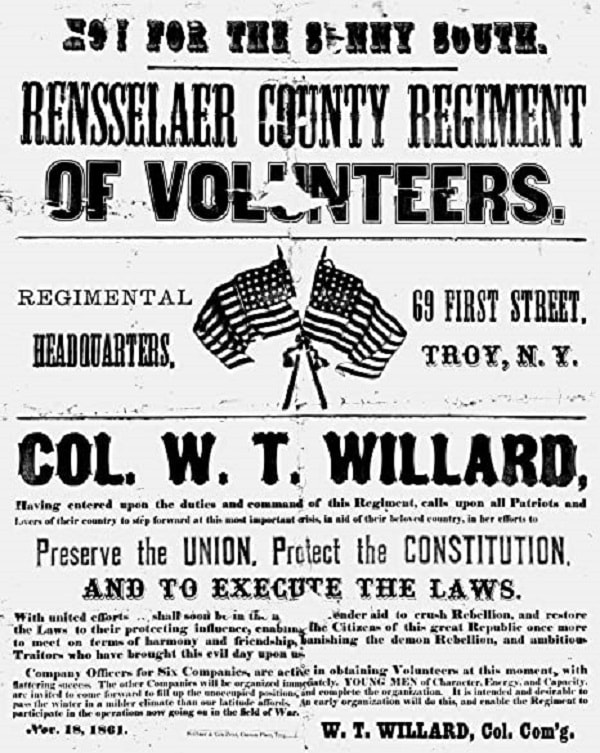Early in the US Civil War, enthusiasm was high to serve in a conflict that many assumed would be both brief and relatively bloodless. As time passed and it became clear that both those predictions were wrong, enthusiasm began to wane. To rekindle some of that early war spirit, somebody hit upon the idea of forming a Union regiment of senior citizens. The demonstration that even those past military age were doing their bit was intended to prod younger men into doing theirs. Below are thirty things about that and other fascinating but lesser-known Civil War facts.

ADVERTISEMENT - CONTINUE READING BELOW
30. The Graybeards, a Civil War Regiment Composed of Senior Citizens
When the Civil War broke out in 1861, recruiters in the North were flooded with volunteers eager to do their bit to preserve the Union and crush the rebellion. However, the months dragged on, and the casualties mounted – more than anybody had thought possible at war’s outbreak. As sober reality set in that this was going to be a longer, tougher, and deadlier slog than initially expected, the numbers of those flocking to the colors began to decline. In Iowa, as recruitment figures dwindled, a fifty-year-old farmer named George W. Kincaid had an idea. To rekindle some enthusiasm for service, and simultaneously prod able-bodied young men to do their bit, he proposed the formation of a regiment of men past normal military age.

ADVERTISEMENT - CONTINUE READING BELOW
Iowa’s governor approved, and Secretary of War Edwin Stanton applauded the notion. Accordingly, Kincaid was named colonel of a new unit, the 37th Iowa Infantry Regiment, comprised of men aged above 45. Over 1,000 men signed up. Most were in their forties, fifties, and sixties, but quite a few were in their seventies, and at least one, Curtis King, was eighty-years-old when he enlisted. The regiment’s average age was 57 years. The men had to be in good health and capable of performing military duties. It was understood that such duties would be light, in the rear rather than on the front lines, but they still had to be able to fight if necessary.

